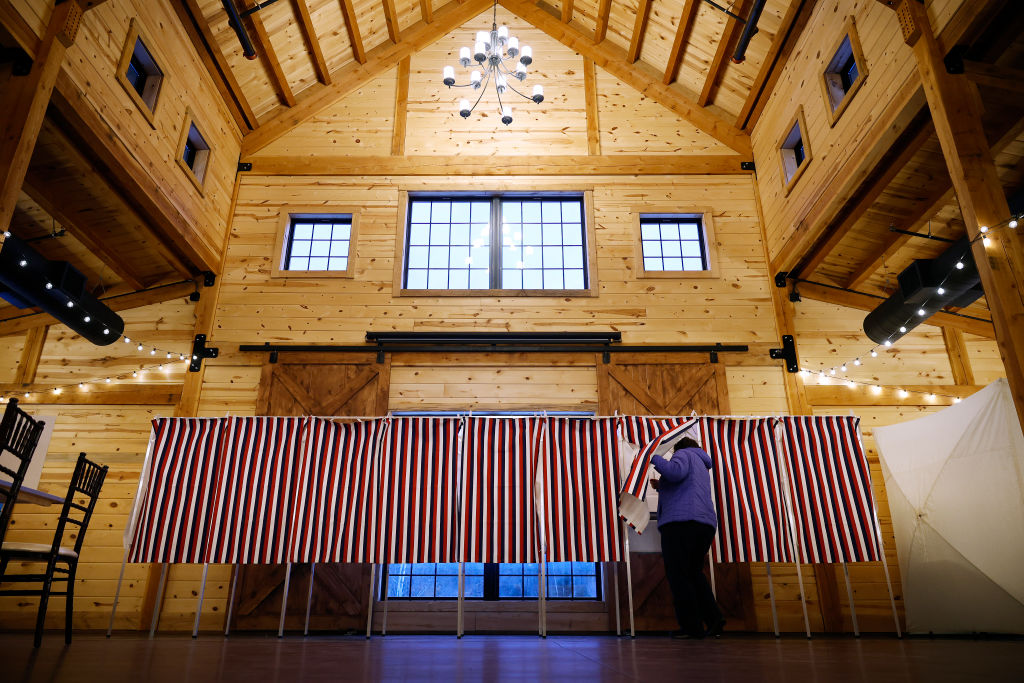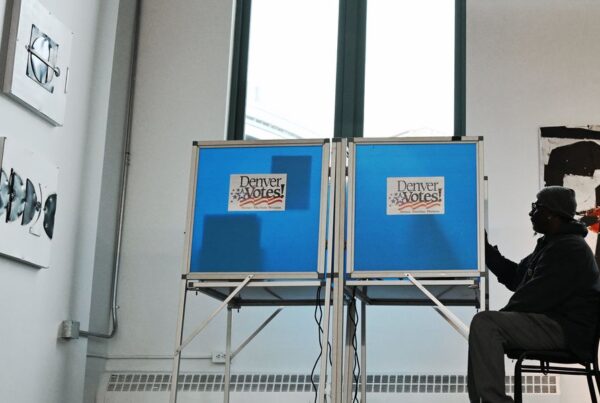| Laura Thornton | TIME |
Parties could certainly abandon the winner-takes-all approach in favor of proportional voting in all state primaries, as the Democratic Party has done. Preferably, parties could adopt ranked-choice voting (already used in some cities and states), allowing electors to sort their preferences, reallocating vote choices according to these rankings if no candidate achieves a majority. This system encourages candidates to seek broad-based support, ensuring the eventual winner represents a majority preference. For instance, the Republican Party employed ranked choice voting in Virginia’s gubernatorial selection process, which led to Glenn Youngkin’s nomination over the more extreme candidate, Amanda Chase. Regrettably, recent moves by the GOP, possibly under pressure from the Trump campaign, double down on a winner-takes-all approach.
Civility and consensus
There is no Goldilocks formula for the “best” party nominating process. It’s more about finding a balance among various factors with a focus on outcomes. Candidate selection must not only be inclusive but also promote broad societal representation, coherent policy goals over individualistic agendas, and civility and consensus over extreme minoritarianism. Such a gargantuan task is akin to changing the course of an entire naval fleet. Reimagining America’s candidate-selection process into one that fosters broad acceptance is an ambitious but necessary endeavor that could redefine the trajectory of our democracy.




